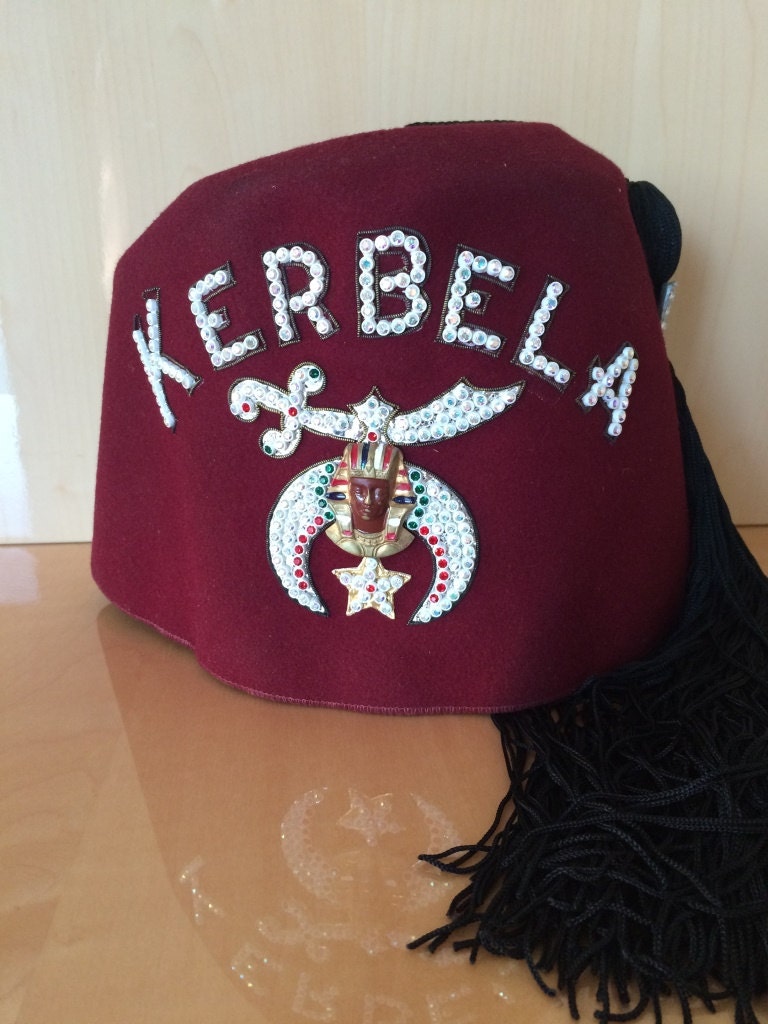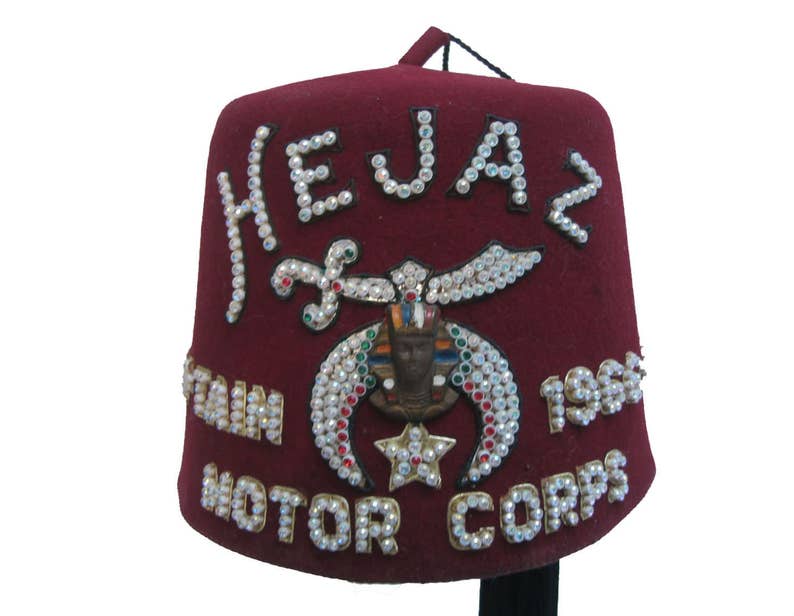

Worn and even carried to the grave with pompous dignity, the history of the Fez is barbaric and anti-Christian. Shriners Children's specialties have expanded to burn care, spinal cord injury rehabilitation, cleft lip and palate, sports injury care and rehabilitation services.The Fez itself is an example of this double meaning behind most of Freemasonry’s facade. Today, the healthcare system consists of hospitals, clinics, outpatient centers and telehealth sites. The first hospital opened in Shreveport, Louisiana, in 1922.

In 1919, the Imperial Potentate Freeland Kendrick proposed establishing a hospital to provide medical care at no cost for children with orthopedic conditions.Ī committee explored the idea and concluded there should not be just one hospital, but instead, an entire healthcare system throughout North America that provides pediatric orthopedic medical care regardless of the families’ ability to pay. In fact, many of the chapters were involved in some sort of charitable efforts. In 1889 fraternity members came to the aid of the Johnstown, Pennsylvania, flood victims. In 2010, a resolution was passed to replace the name with Shriners International, reflecting the fraternity’s worldwide presence.įrom its earliest days the Shriners were known for their philanthropic efforts across the country.ĭuring a yellow fever epidemic in Jacksonville, Florida, local Shriners and Masonic Knights Templar worked long hours to help the sick. In the late 1900s to early 2000s, the fraternity was referred to as Shriners of North America, given that chapters were in the U.S. Today, there are more than 195 chapters in countries around the world.įounded as the Ancient Arabic Order of the Nobles of the Mystic Shrine, the organization has grown and evolved over the decades. While the fraternity’s first official meeting was in 1871 at the Knickerbocker Cottage, a meeting in 1872 established the first chapter, Mecca Shriners, on September 26. The name of this new fraternity was the Ancient Arabic Order of the Nobles of the Mystic Shrine. Fleming and other members of the group then drafted the ritual, designed the emblem and costumes, formulated a salutation and declared that members would wear the red fez. The exotic style, flavors and music of the Arabian-themed party led Florence to suggest this as the theme of the new fraternity, while Dr.


Florence had been on tour in Europe and attended a party given by an Arabian diplomat. Walter Fleming, M.D., and Billy Florence, an actor, were among the members of the group. Often, discussion turned to forming a new fraternity for Masons, based on the tenets of Freemasonry but with the added elements of fun and fellowship. In 1870, a group of 13 Masons would regularly meet at the Knickerbocker Cottage in New York City. The history of Shriners International is the story of individuals who came together in the spirit of fun and fellowship, who would lay the foundation for a worldwide fraternity and establish a globally recognized pediatric specialty health care system.


 0 kommentar(er)
0 kommentar(er)
